From April 29 to July 24, 2022, theCentral Institute for Graphics in Rome (Exhibition Rooms of the Palazzo della Calcografia, Via della Stamperia 6, near the Trevi Fountain) opens to the public the exhibition Acquisizioni 2019-2022. Central Institute for Graphics, which presents new acquisitions over the past three years. Among these pathways is also Sitzender Männerakt, a 1910 watercolor by Austrian artist Egon Schiele (1890-1918), a rarity in relation to the meager presence of his work on Italian soil.
But it is not only Schiele that is the reason for interest in the exhibition; there are other firsts as well. In addition to Schiele’s work, which in any case represents the peak of excellence of the entire exhibition, during the four-year period of reference other valuable drawings entered the funds of theRoman institute other drawings of considerable value, such as the sheet of Bernini’s ambit with a scene inspired by Piazza del Popolo, and then a battle scene by Guglielmo Cortese, known as Borgognone (1628-1679), and again two large preparatory studies by Luigi Ademollo (1754-1849) that will be on view in the exhibition for the first time. The exhibition also includes twentieth-century graphic evidence referring to the activities and relationships of Carlo Alberto Petrucci (1881-1963) and Alfredo Petrucci (1888-1969), who respectively directed the Calcografia and the Gabinetto nazionale delle stampe in the interwar period and the early years of the economic boom. Works by Alberto Martini, Mario Sironi, Umberto Prencipe, Luigi Bartolini, Anselmo Bucci and Duilio Cambellotti, among others, and a rare tanka, unpublished poetic composition by Harukichi Shimoi (1883-1954), will be on view. Space is also given to contemporary art, with the languages of today’s art represented by works by Nunzio, Marisa Albanese, Nikè Arrighi Borghese and Lisetta Carmi, as well as those by artists of the latest generations such as Helen Cammock, Cascione & Lusciov and those, acquired thanks to the Cantica 21 project for the celebration of the year dedicated to Dante, by Andrea Martinucci and Marta Roberti.

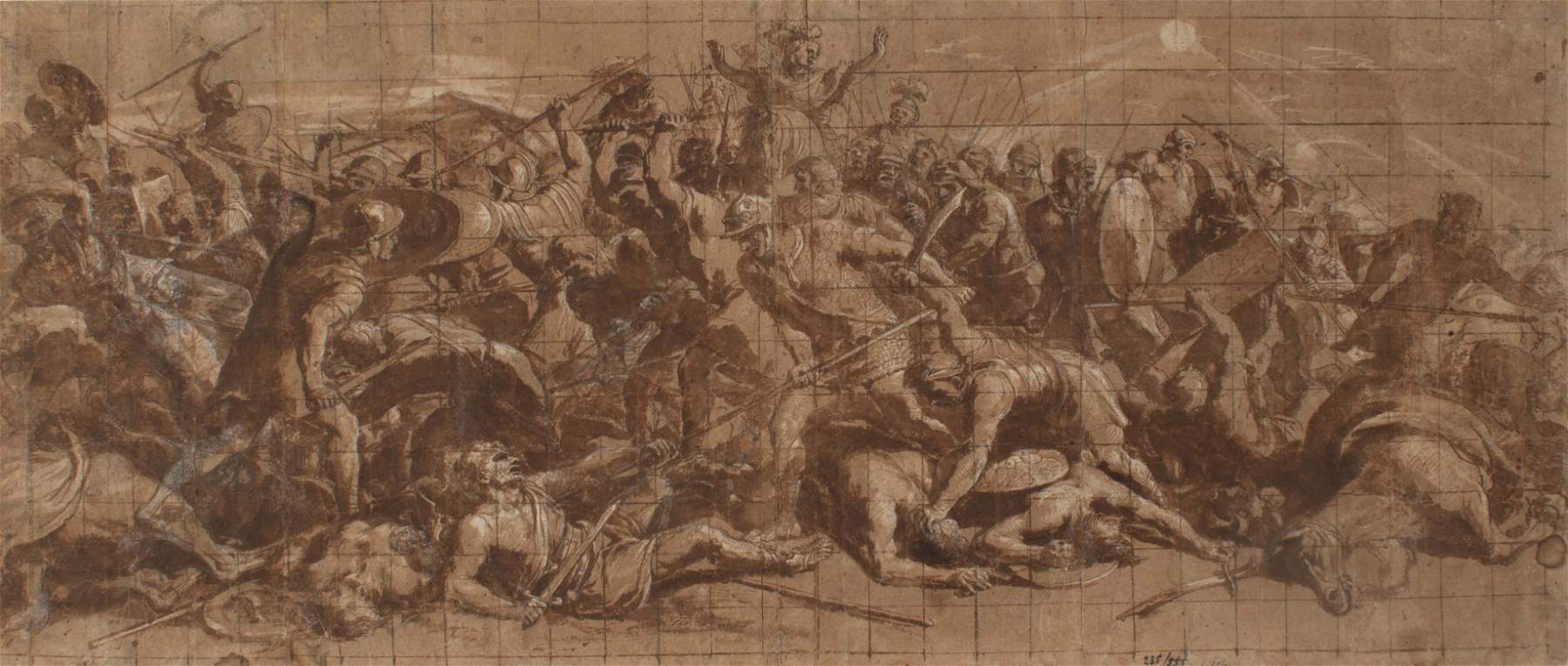
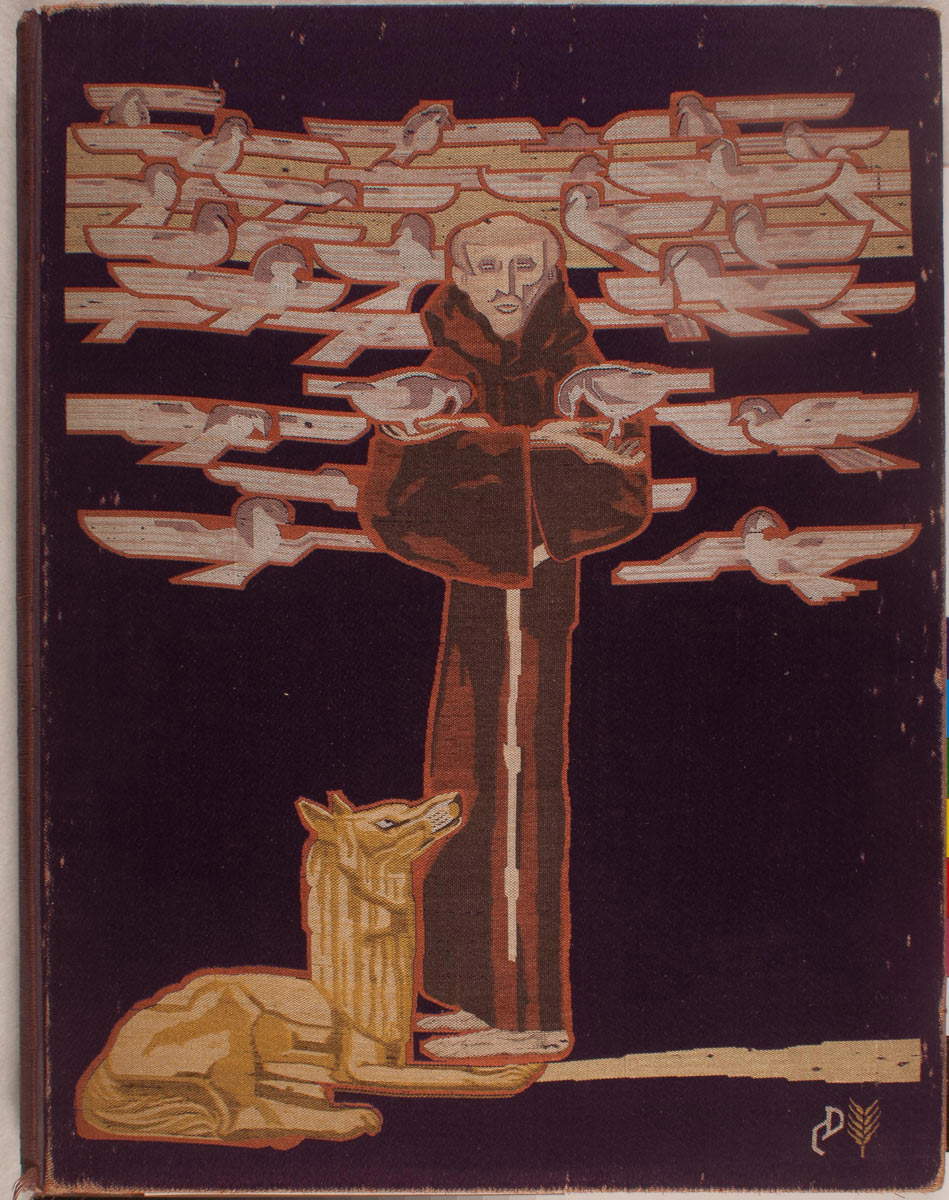
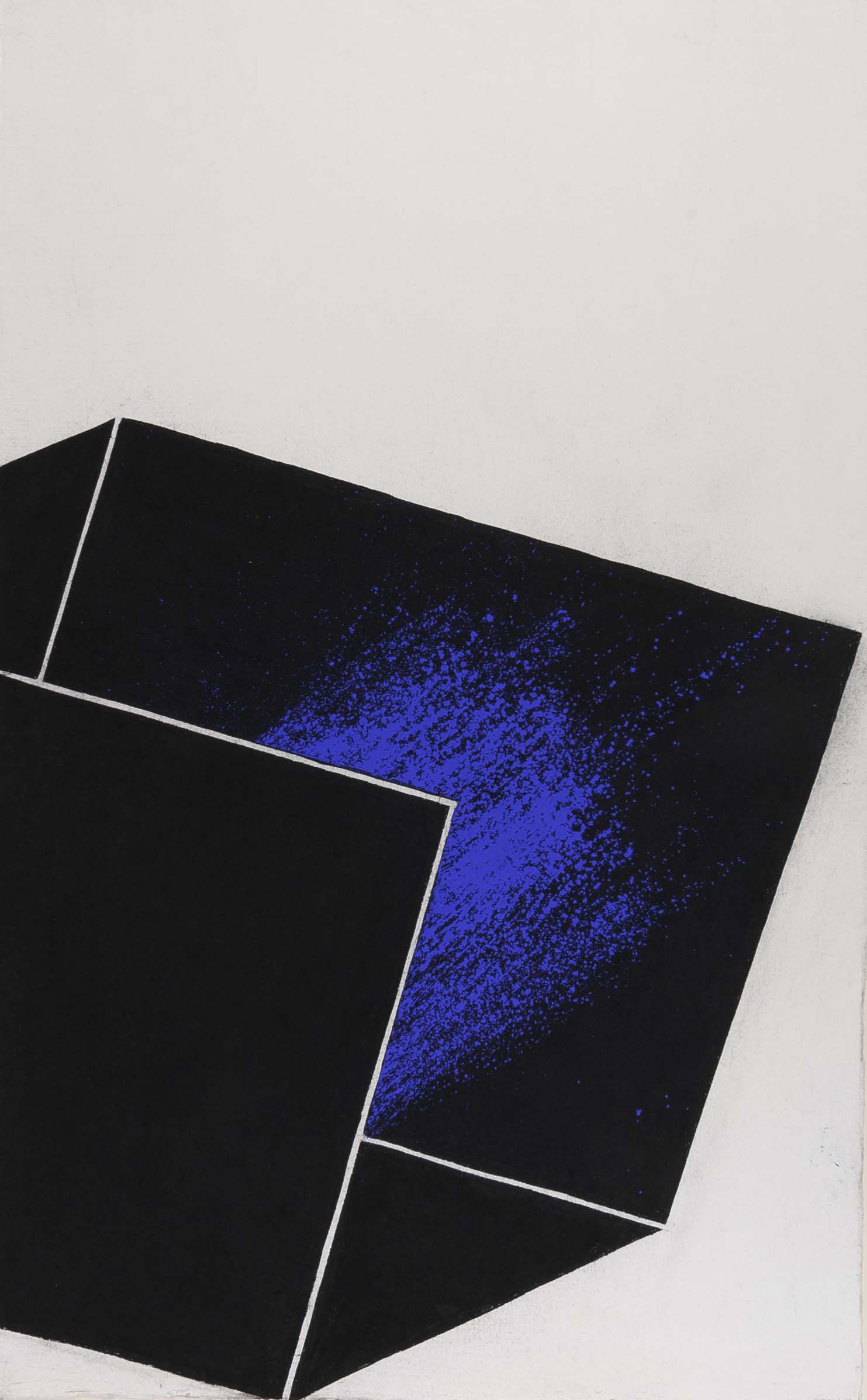
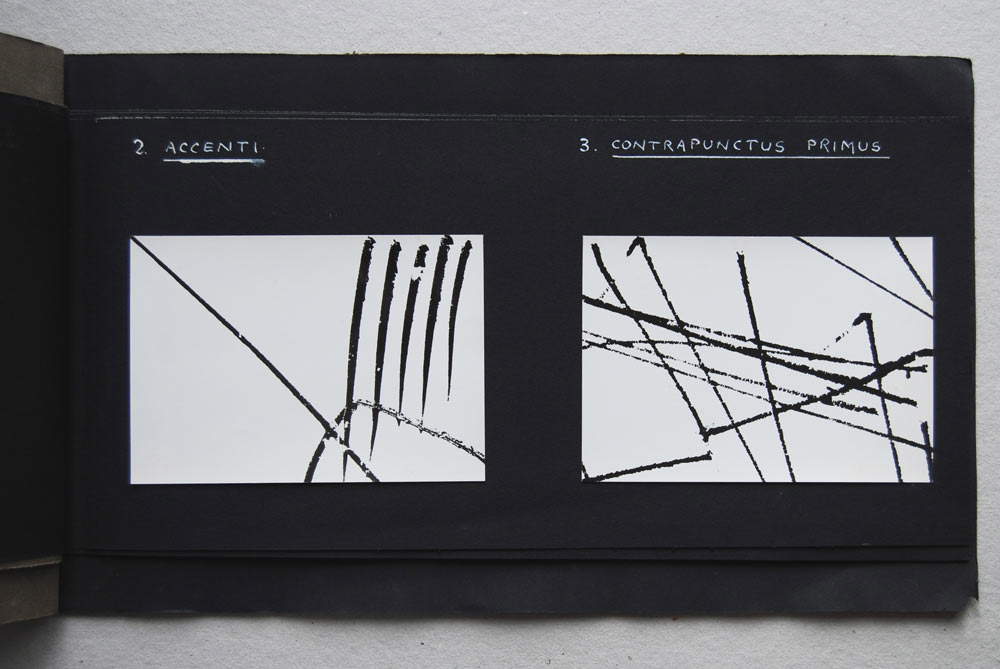
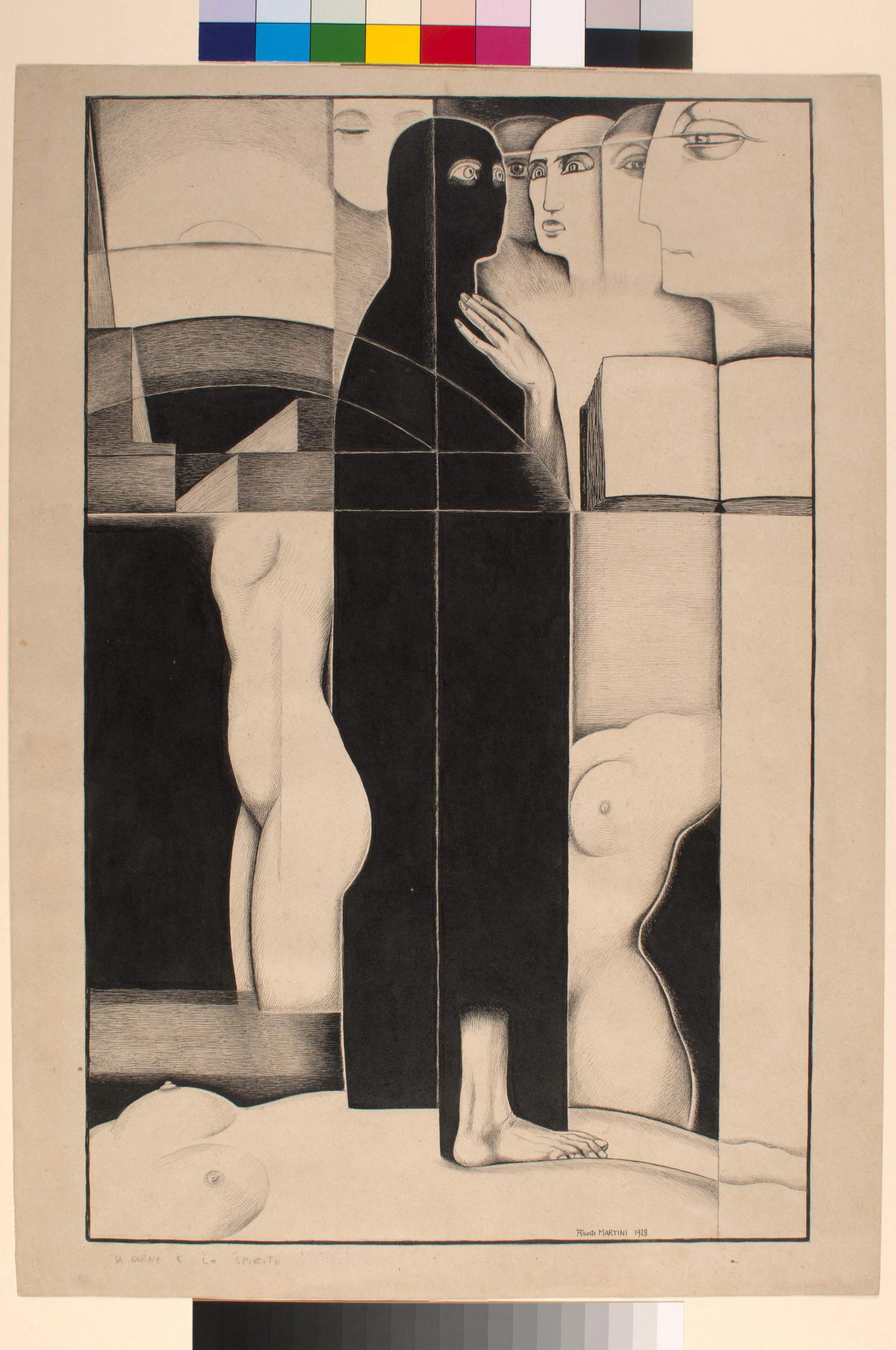
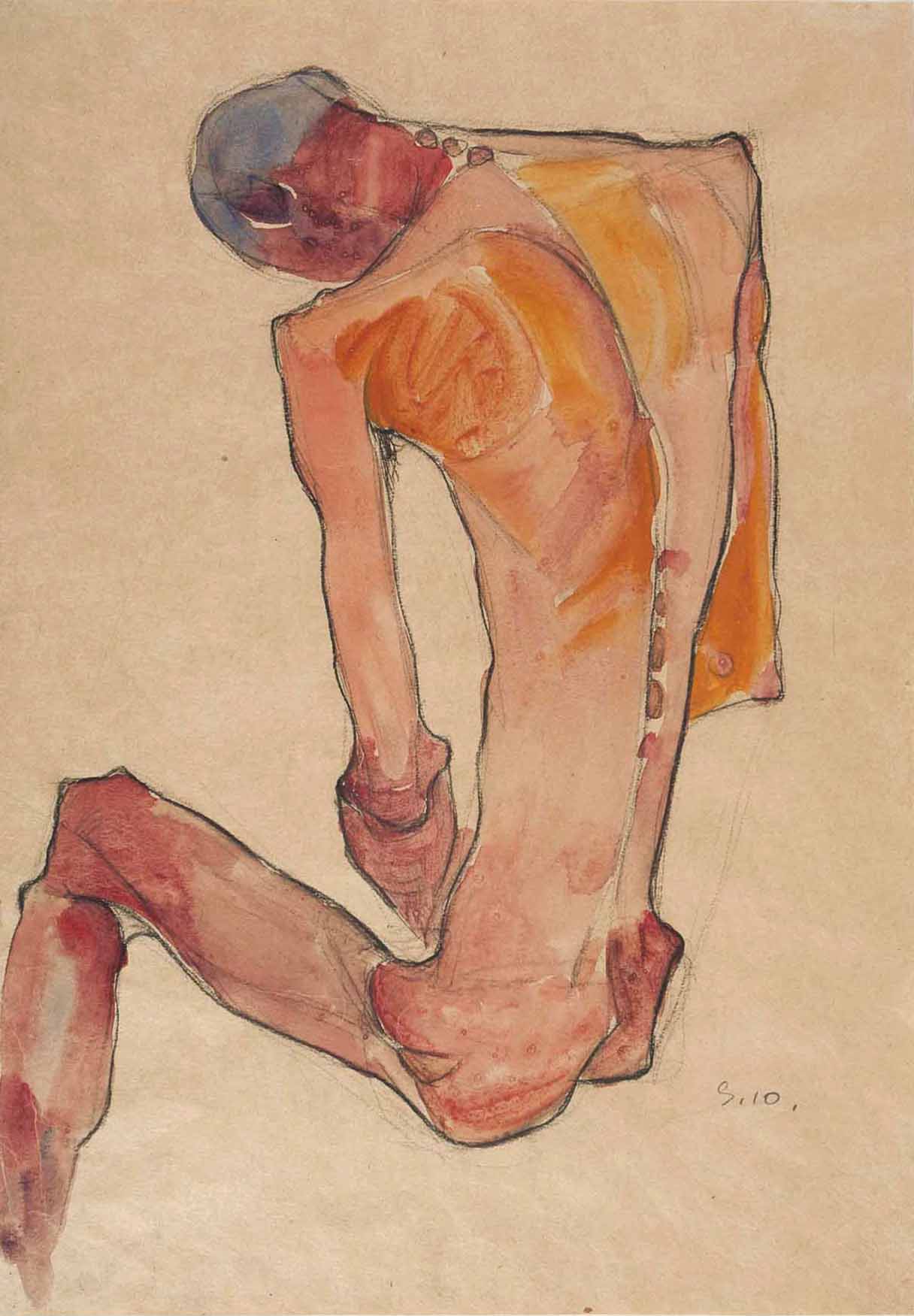
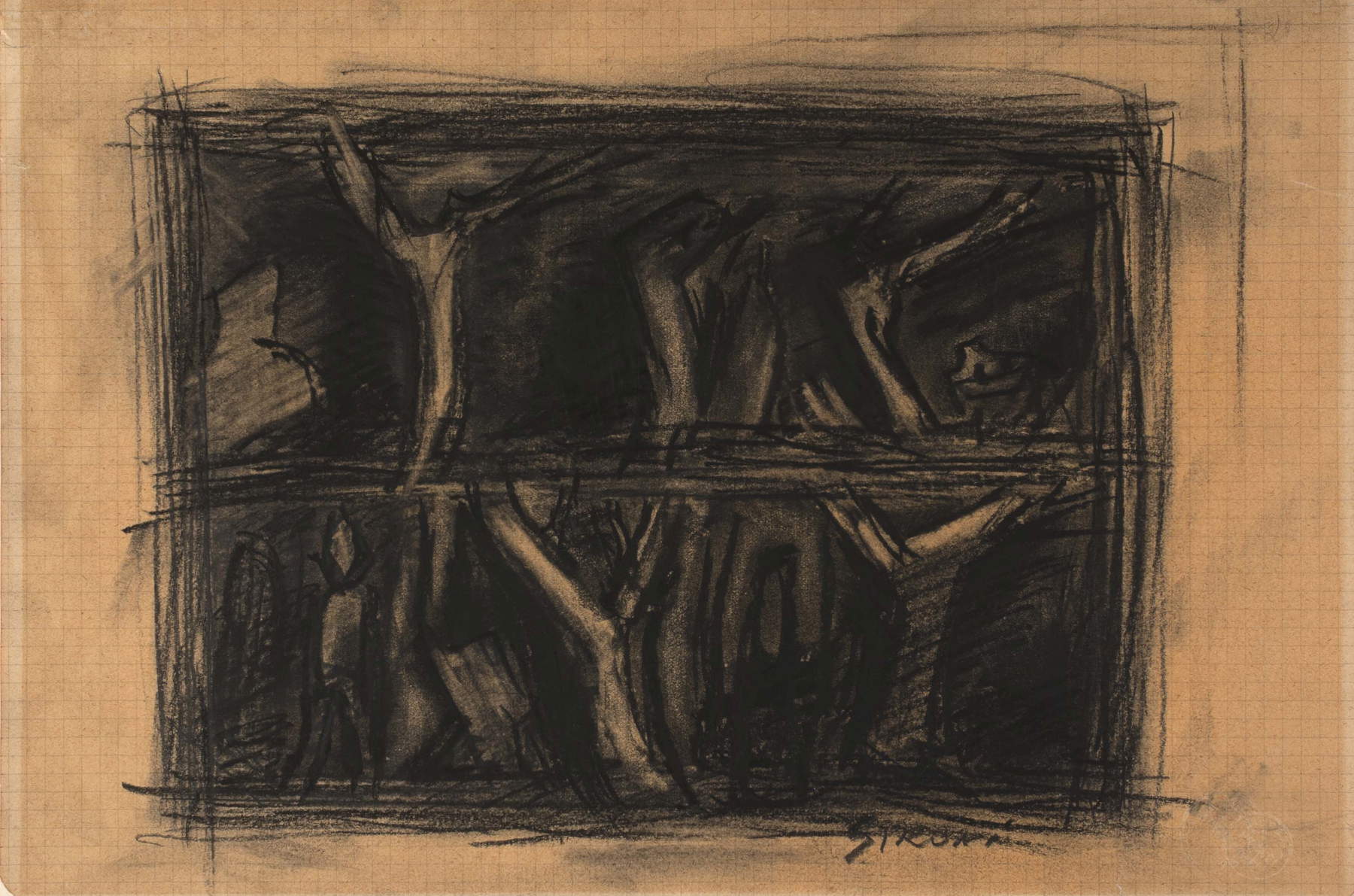
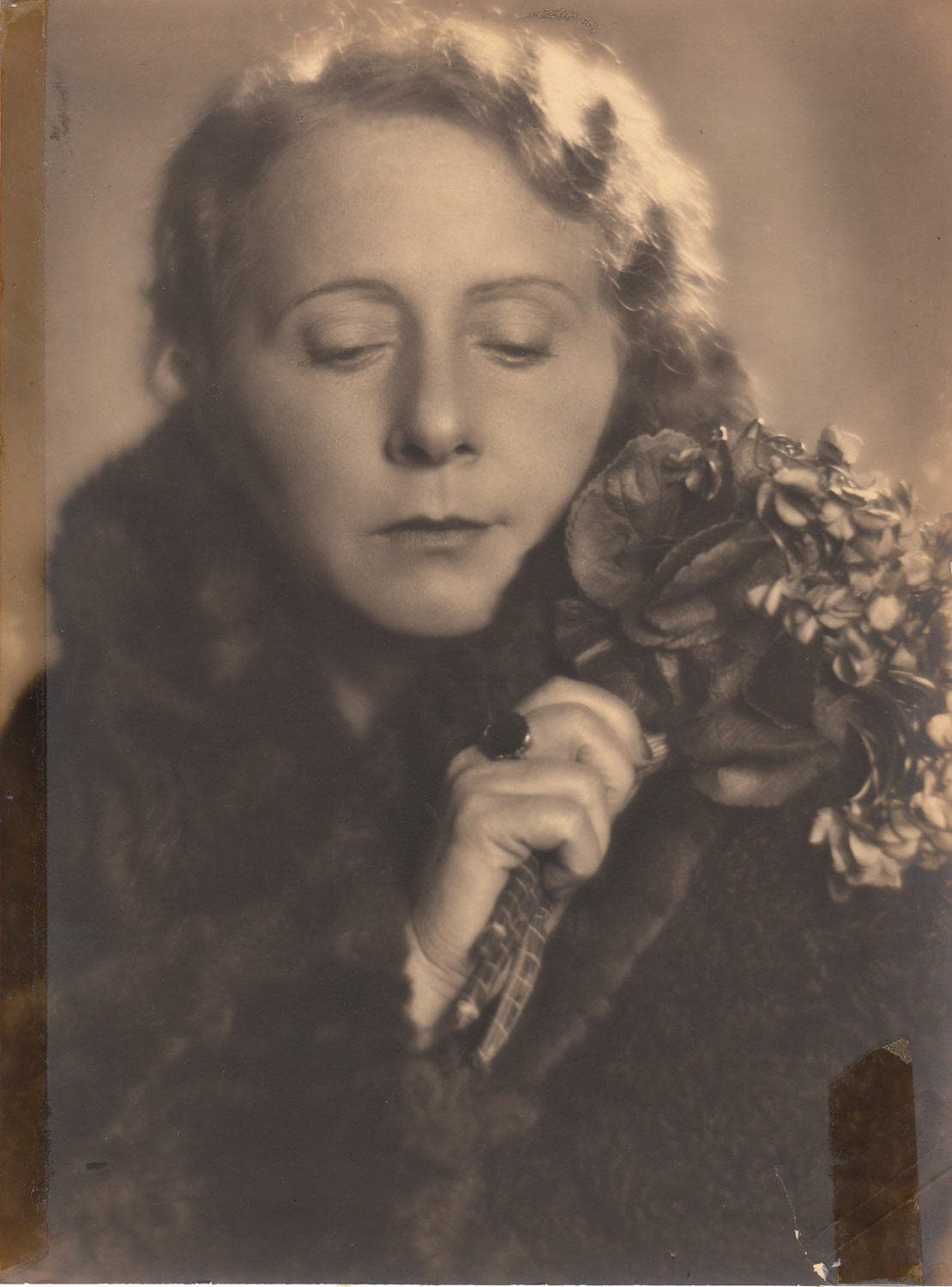
In the artist’s books from the editions of Il ragazzo Innocuo, La Luna Cultural Association and Albicocco Art Printworks, word and printmaking dialogue through Mario Ceroli, Mario Luzi, Valerio Magrelli, Emilio Vedova, Massimo Cacciari and others. Finally, photography is represented by some iconic portraits by Ghitta Carell and some prints by authors who well testify to both the modernist tendencies of Italian photography (Bruno Stefani and Riccardo Moncalvo) and the photojournalism of the 1960s-1970s (Calogero Cascio, Antonio Sansone, Fausto Giaccone and Mario Dondero), with images that recall some salient moments in the history of the last century. Alongside the photographs, a selection of volumes from Luigi Albertini’s photographic library is presented, dedicated in particular to documentary photography and international photojournalism of the 20th century.
Curated by Rita Bernini, Gabriella Bocconi, and Maria Francesca Bonetti, with the collaboration of Ilaria Savino, the exhibition offers the public a total of fifty works that represent an overview (including prints, drawings, photographs, artist videos and books) of the objects that have come to theCentral Institute for Graphics through gifts and purchases made in the last few years (2019-2022), a period in which, despite all the limitations imposed by the pandemic, activities to safeguard the heritage and enrich the collections continued uninterruptedly.
Visiting Hours: Tuesday through Sunday 10 a.m. to 6 p.m., last admission 5:45 p.m. Tickets: full price € 6.00; concessions € 2.00 (for students aged 18 to 25); free; tickets purchased only on Vivaticket circuit. Admission required to wear surgical mask. For info visit the Central Institute for Graphics website.
 |
| The Central Institute for Graphics unveils new acquisitions. Also a drawing by Schiele |
Warning: the translation into English of the original Italian article was created using automatic tools. We undertake to review all articles, but we do not guarantee the total absence of inaccuracies in the translation due to the program. You can find the original by clicking on the ITA button. If you find any mistake,please contact us.